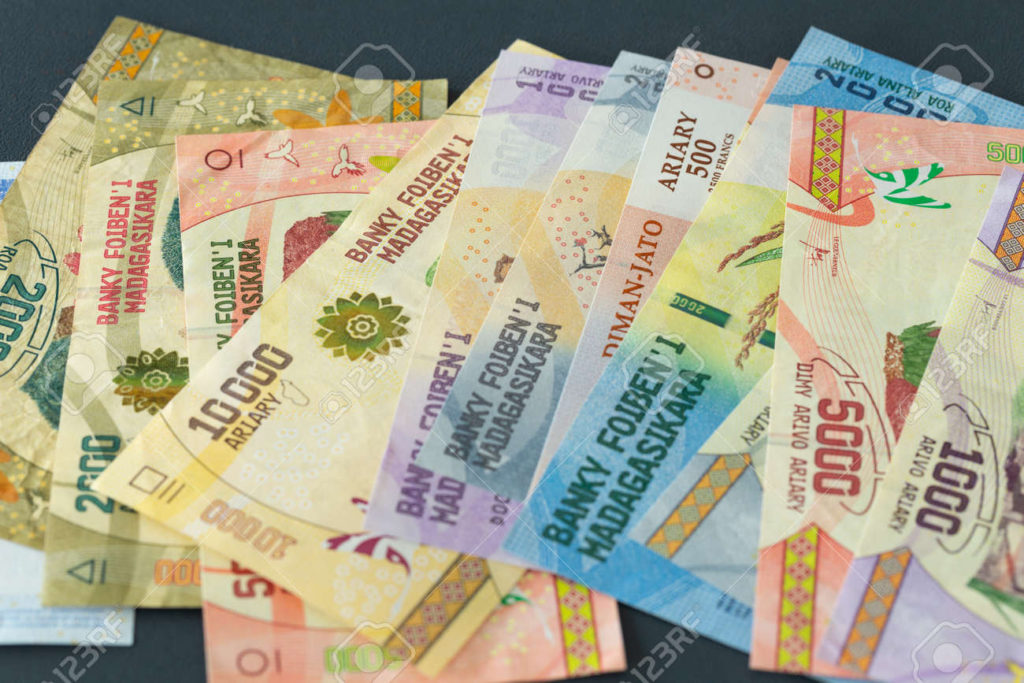
The Challenge of Counterfeit Currency in Antananarivo
In the vibrant capital city of Madagascar, Antananarivo, a hidden menace threatens the trust and stability of financial transactions: counterfeit currency. This illicit activity has seeped into the local economy, posing risks to businesses, residents, and the overall financial integrity of the city. Let’s explore the issue of counterfeit currency in Antananarivo, its impact, and what steps can be taken to address this pressing concern.
The Presence of Fake Money:
Antananarivo, known for its bustling markets and diverse population, also grapples with the presence of counterfeit currency. Fake money has found its way into the hands of unsuspecting individuals, circulating alongside genuine banknotes. This poses a significant challenge for businesses, residents, and authorities in the city.
Impact on Local Businesses:
Businesses in Antananarivo are at the forefront of the counterfeit currency dilemma. From small vendors in local markets to larger establishments, accepting counterfeit money can lead to substantial financial losses. This not only affects the bottom line of businesses but also disrupts the smooth flow of commerce and erodes trust in the local currency.
Risks to Everyday Transactions:
Individuals across Antananarivo are vulnerable to receiving counterfeit currency during their everyday transactions. Whether it’s buying groceries at the market or paying for services, there is a risk of unknowingly accepting fake banknotes. This can directly impact the purchasing power and financial stability of residents.
Recognizing Counterfeit Currency:
Knowing how to identify counterfeit currency is crucial for businesses and individuals in Antananarivo. Here are some key features to look for:
- Watermark: Genuine Malagasy Ariary notes feature a watermark of the noted historical figure depicted on the banknote. This watermark should be visible when held up to the light.
- Security Thread: Look for the metallic security thread embedded in genuine banknotes. It appears as a thin, silver line and is visible when held up to the light.
- Color and Design: Counterfeit notes may exhibit discrepancies in color or blurry printing. Compare suspect notes with genuine ones for differences.
- Texture and Feel: Authentic banknotes have specific textures and raised printing that can be felt with your fingers. Counterfeit notes may lack these tactile features.
Reporting Suspected Cases:
If you come across a banknote in Antananarivo that you suspect is counterfeit, here’s what you should do:
- Do Not Use or Circulate: Refrain from using or passing on the suspected fake money to prevent its further circulation.
- Report to Authorities: Contact the Central Bank of Madagascar or local law enforcement to report the counterfeit currency. They have specialized units to handle such cases and investigate counterfeit money operations.
Public Awareness and Vigilance:
Raising awareness about counterfeit currency is essential in Antananarivo. Educational campaigns and workshops can help residents and businesses recognize the signs of fake money. By remaining vigilant and informed, we can collectively combat the circulation of counterfeit currency and safeguard the financial well-being of the city.
Conclusion:
Counterfeit currency presents a significant challenge in Antananarivo, impacting businesses, residents, and the local economy. By familiarizing ourselves with the security features of genuine banknotes and promptly reporting suspected cases, we can work towards a more secure financial environment. Let’s unite to address the issue of counterfeit currency and preserve the trust and stability of Antananarivo’s economy.
